Following the kind invitation from the Greek Tourist Board, we visited two delightful Greek islands – Tino and Andros, which exude beauty, peace and fantastic energy.
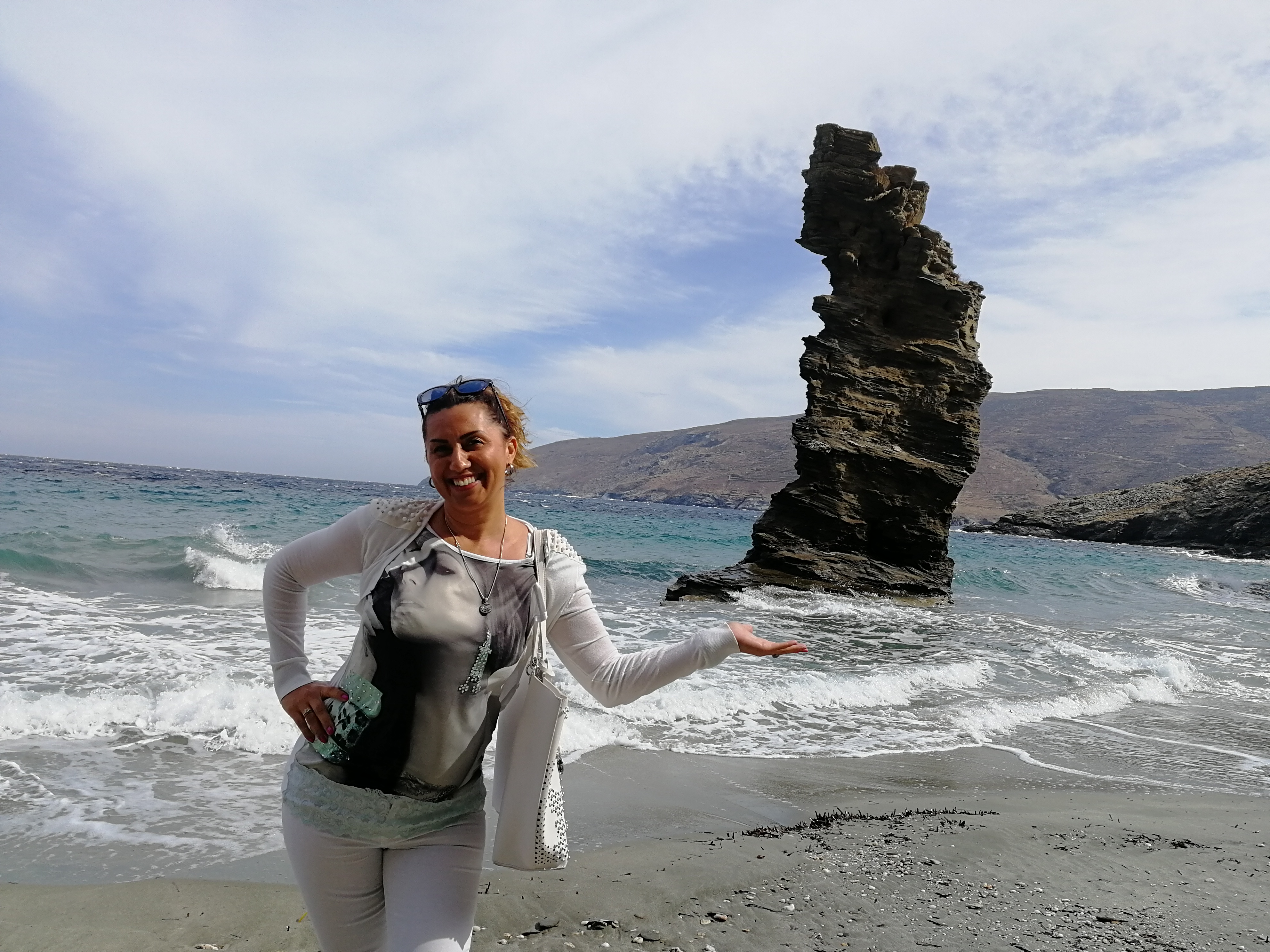
Tinos island – The Aegean Muse
Tinos is one of the largest islands in the Cyclades, situated about 120km from Athens. The closest island is Andros in the north, while 20km down south, there is the hugely popular Mykonos. The locals have a saying – Mykonos is for fun and Tinos is for repentance. Tinos is considered the island of the Virgin Mary, and is known for the famous pilgrimage of Orthodox believers. Its church – Panagia Evengalista – is located in Tinos, the island’s capital and harbour. Every August 15th, on the day of the Assumption of Virgin Mary, the island hosts tens of thousands of pilgrims who come to visit the temple of Virgin Mary. As soon as they step on the island, people from all over Greece and abroad fall on their knees and then climb a very awkward path to the temple to see and touch the image of the Holy Virgin Mary, which is considered miraculous.
Tinos has forty or so picturesque villages, more than 700 churches and monasteries, unusually decorated dovecots and beautiful sandy and gravel beaches.
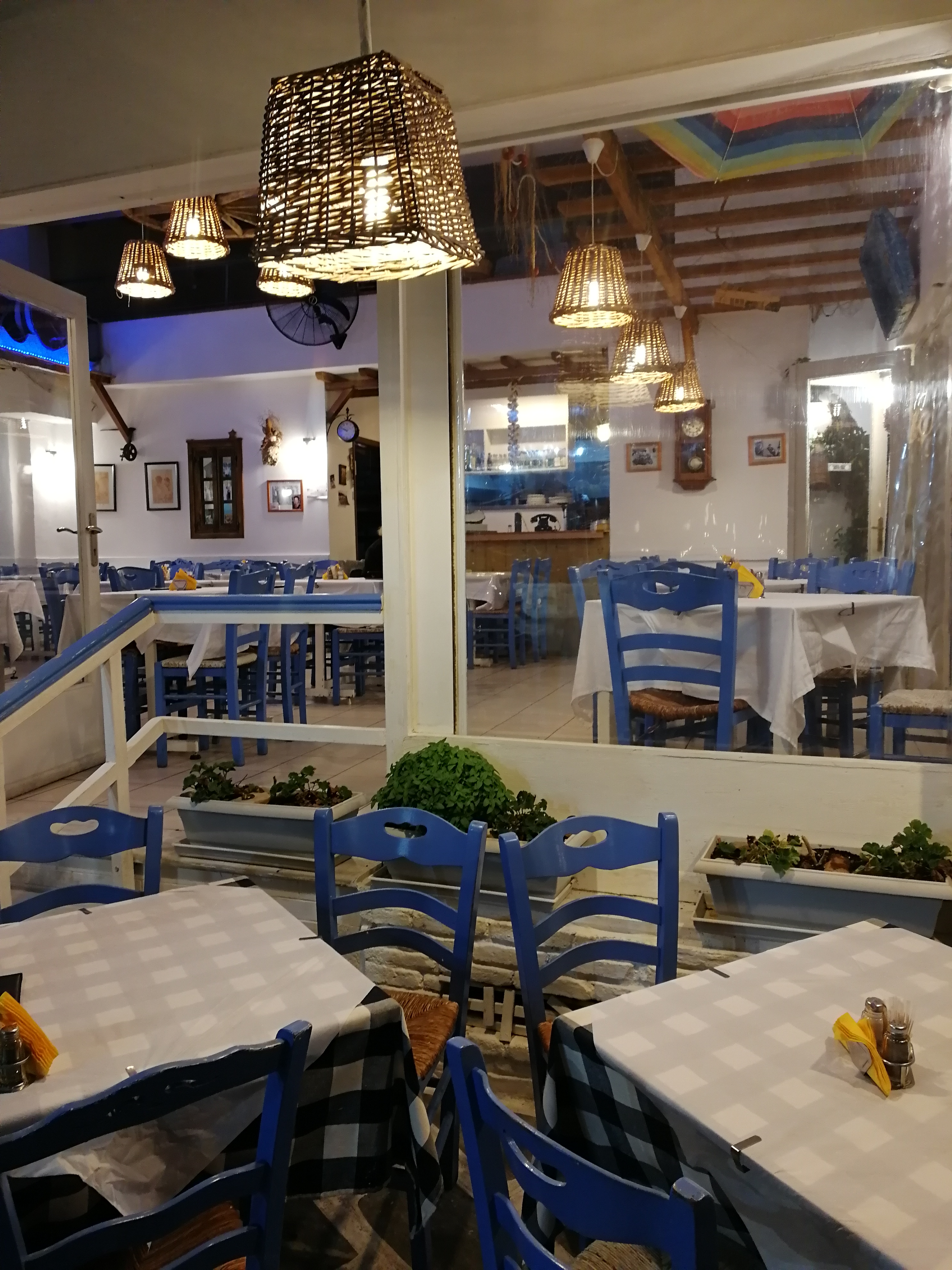
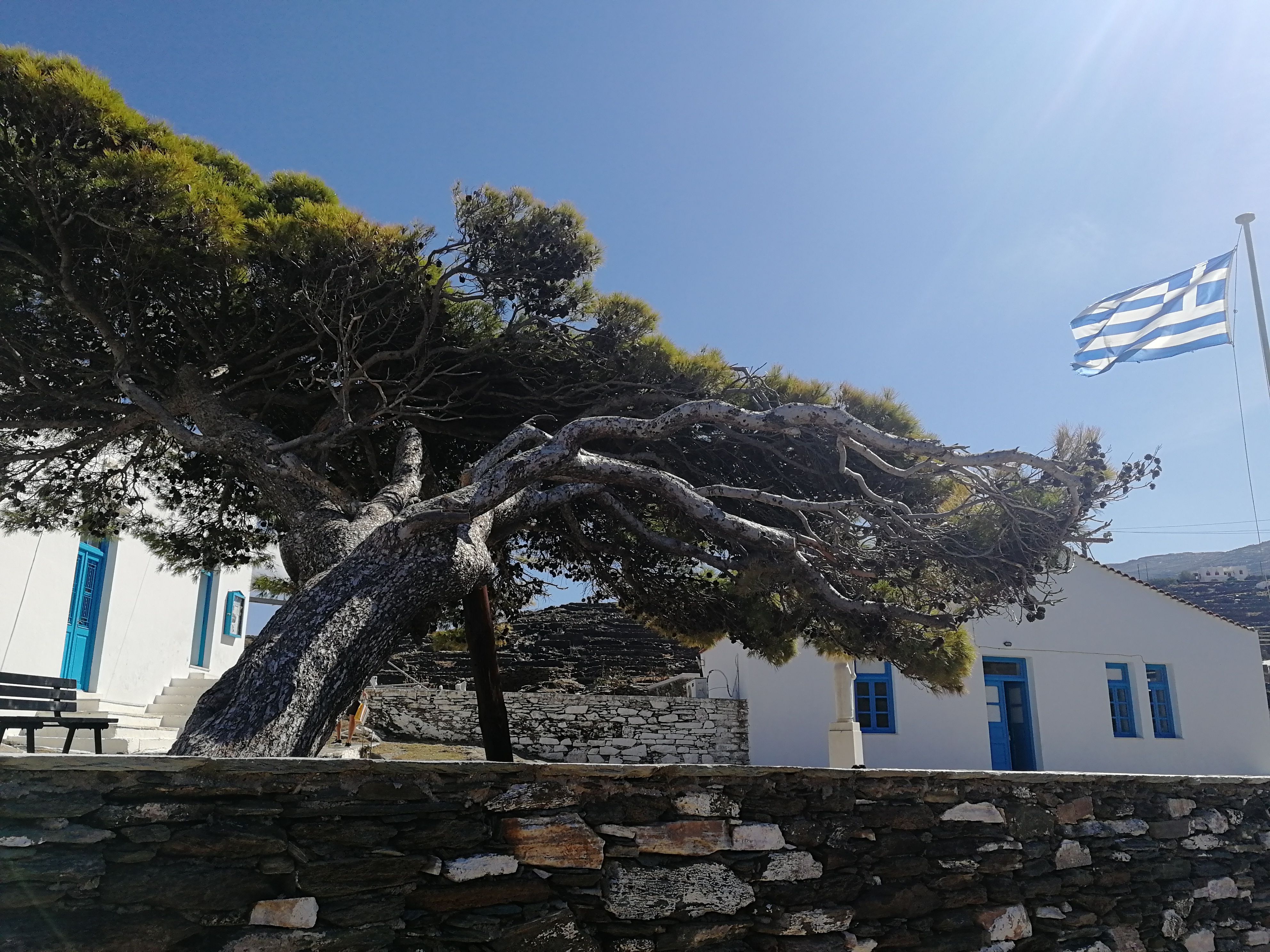
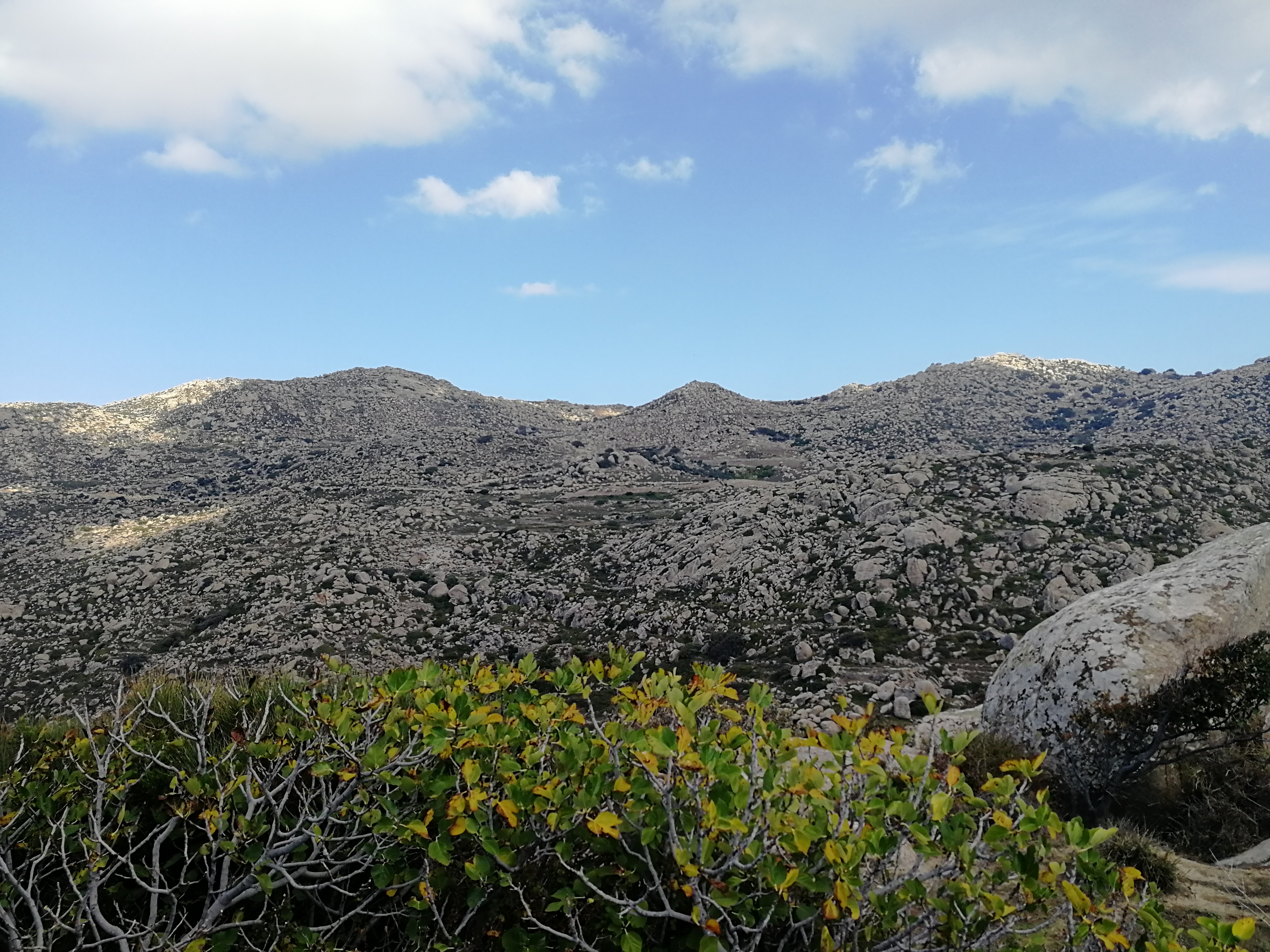
In the villages Pyrgos, Isternia and Kardiani, and especially in the unforgetabble the colours white and blue dominate the landscape. Looking from a distance, white, one-storey buildings with blue trims and local churches resemble a Greek flag. All buildings are under state protection and their owners need an approval from the Greek Ministry of Culture to do even the smallest reparations or alterations on them. This is not a coincidence, because all the villages here are little masterpieces.
Pyrgos is one of the largest and prettiest villages on Tinos with great architecture and a long tradition in sculpture. Marble is the favourite material here and is absolutely everywhere. There are many craft workshops that process marble in Pyros. Janulis Halepas, one of the most famous sculptors in Greece, originates from this village.
Isternia is like a balcony to the Aegean Sea. Built on the mountain Meroviglia, it has a marvelous view of Syros and it is one of the largest villages on the Island. The beauty of Isternia lies in the fact that artists have created many sculptures and works of art here that are visible everywhere: on the house doors and courtyards, churches, stairs, belfries or even the floors.
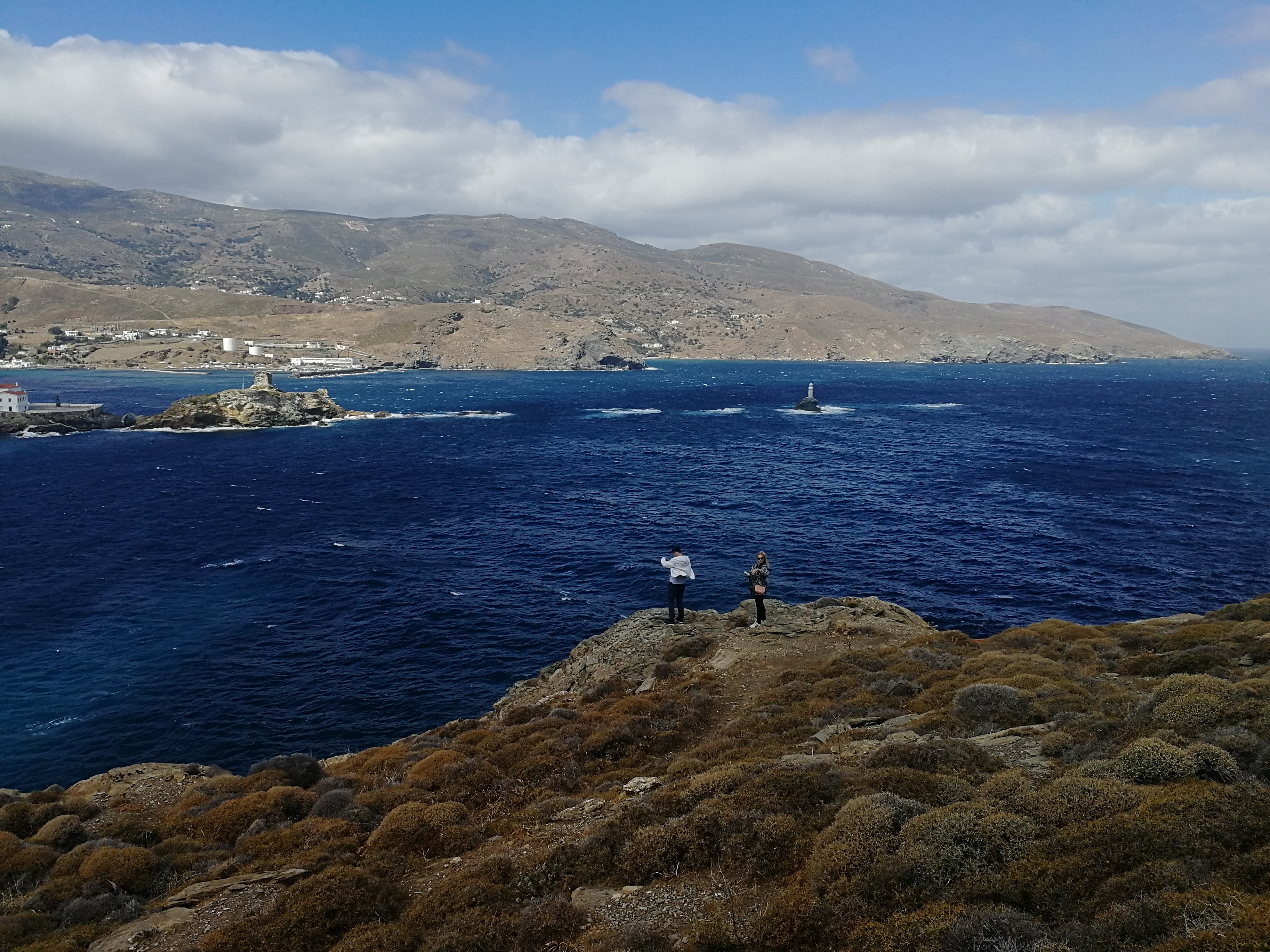
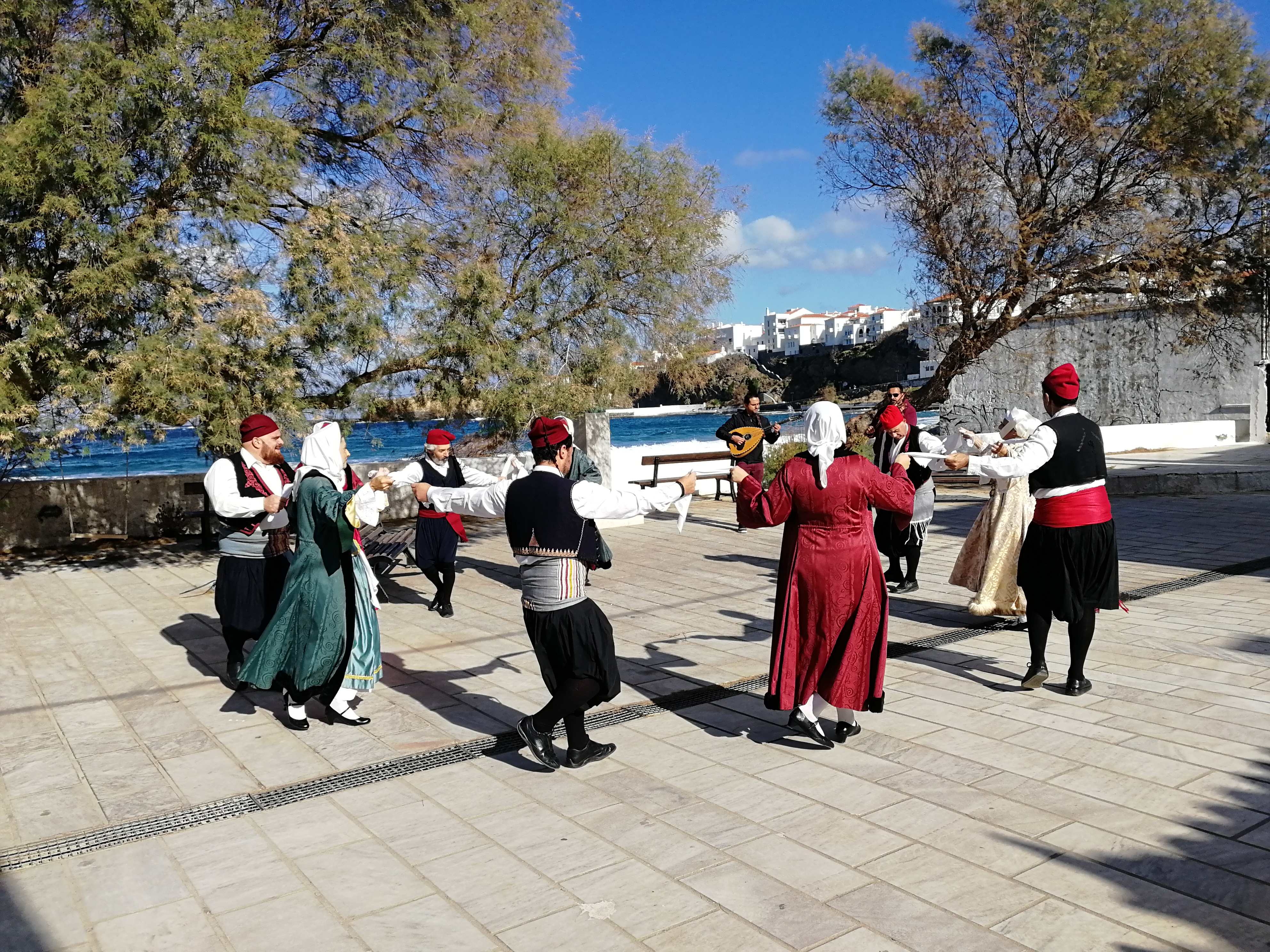
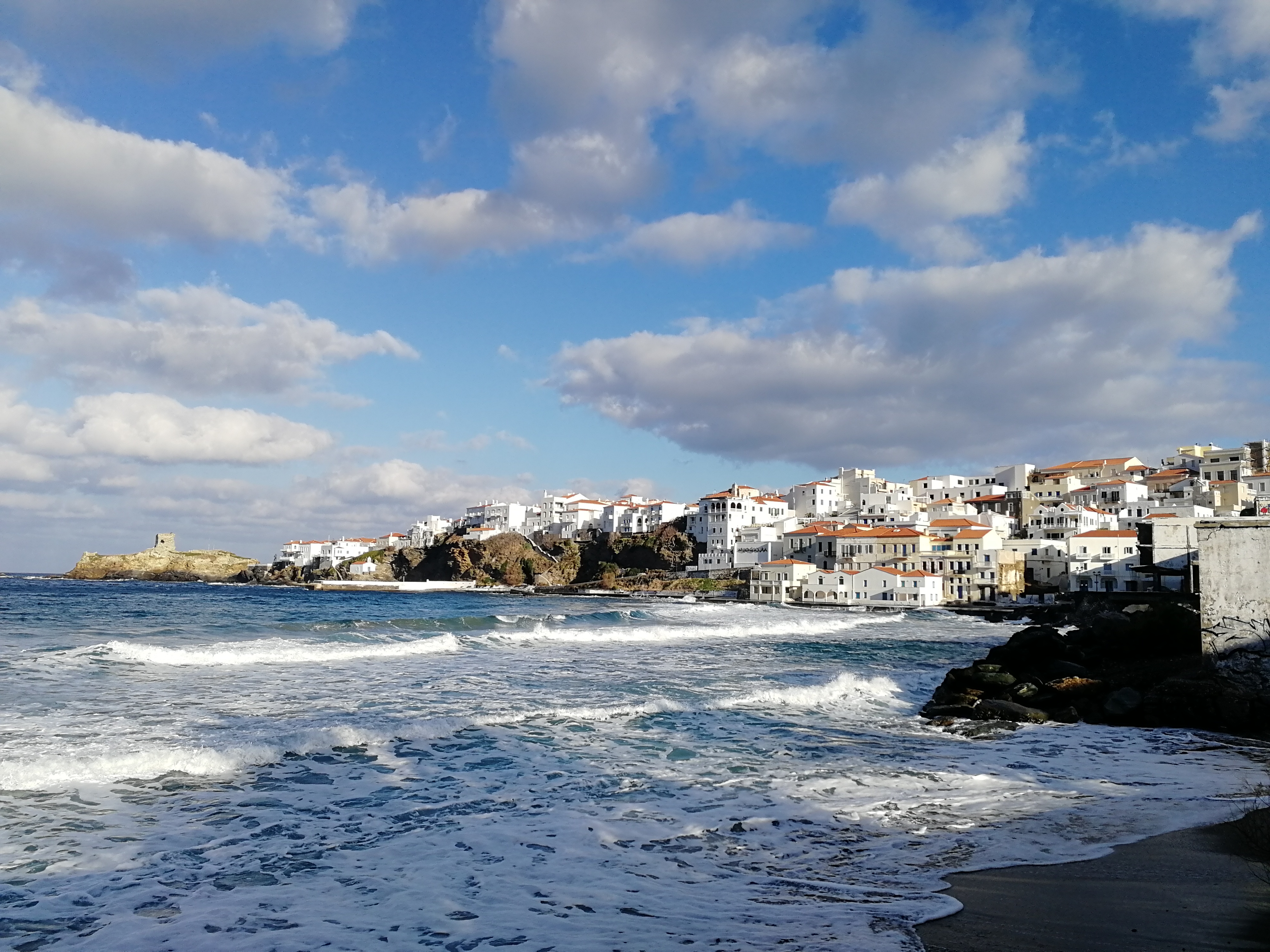
Kardiani is a special village situated on the mountain Pateles, in northwestern Tinos. The village has running water, plethora of fountains (even in houses) surrounded by trees, and it is designed in the Cycladic architectural style, with white arched houses.
DyoHoria village is a traditional settlement made of old white-stone houses with coloured windows and doors, stone-paved narrow alleys and superb stone arches and arcades forming little passages in which light creates magical shades. It is one of the most beautiful villages on Tinos with a strong medieval character and the breathtaking view of the neighboring Cycladic islands.
Volax is definitely the most bizarre village on Tinos, famous all over the world. Huge spherical stones and granite rocks of volcanic origin surround the village, which is known for its traditional white houses with colorful gardens. There is an outdoor theatre made of stone. Volax is also the place where basketry is still widely popular among the population.
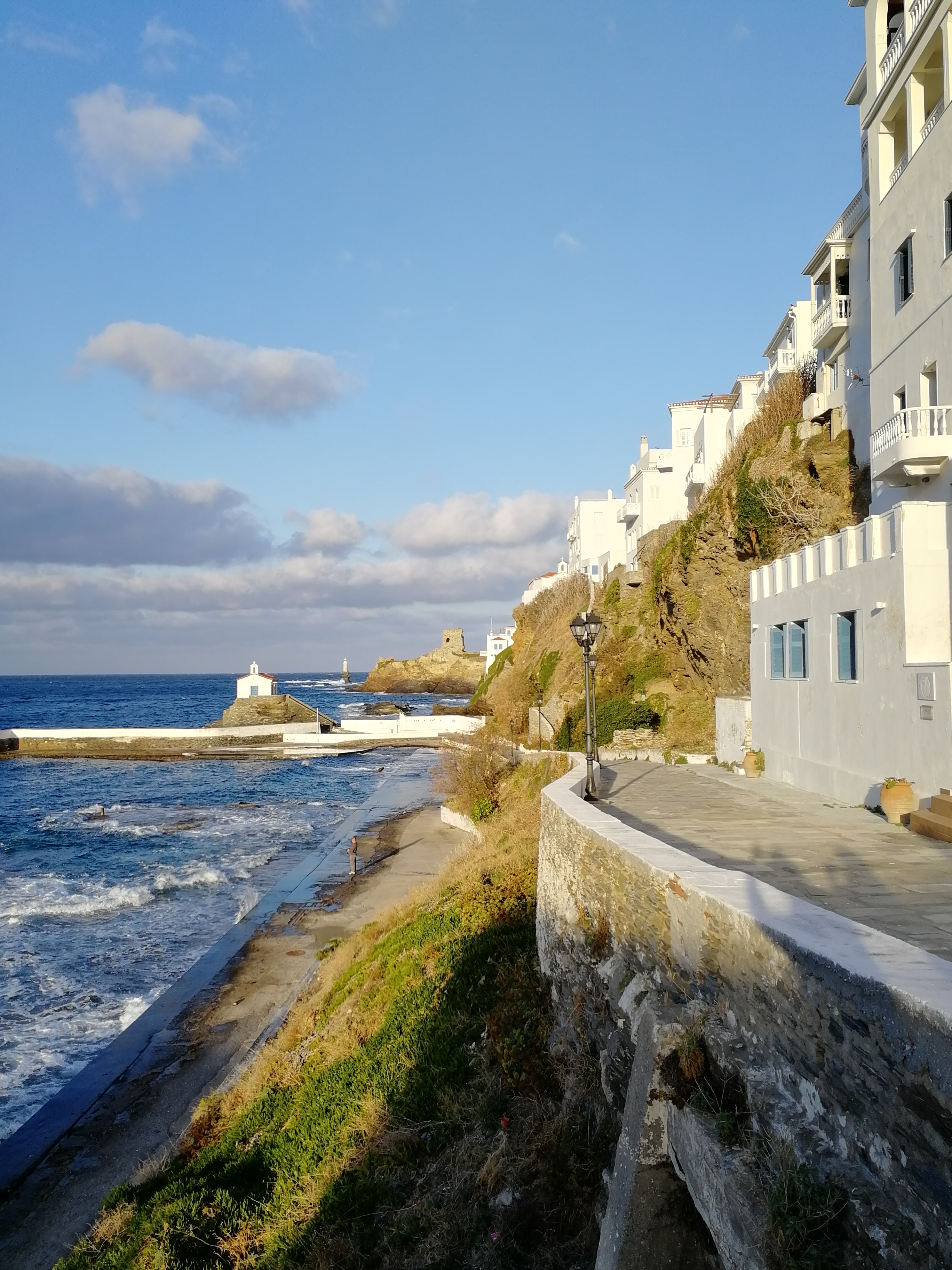
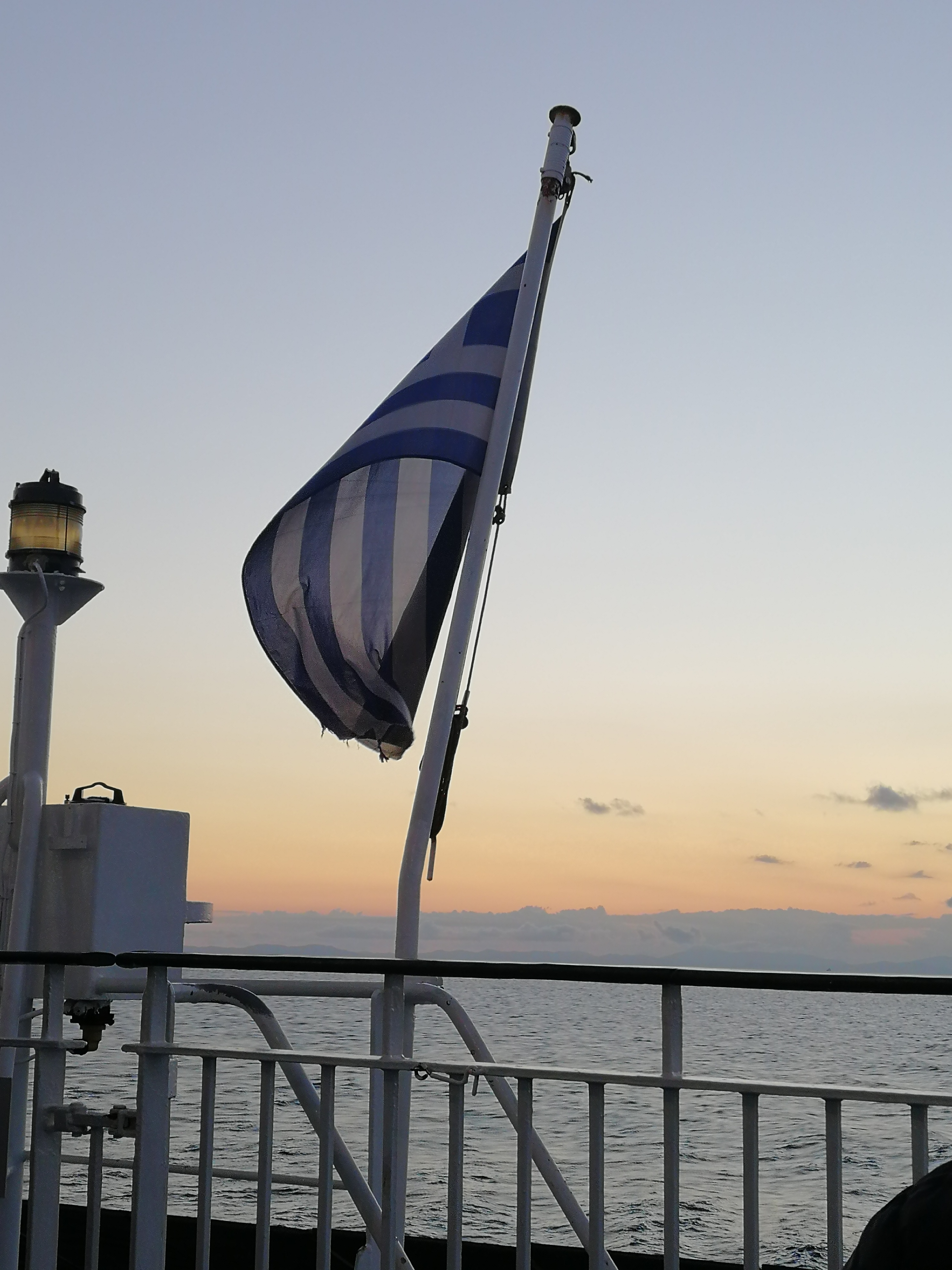
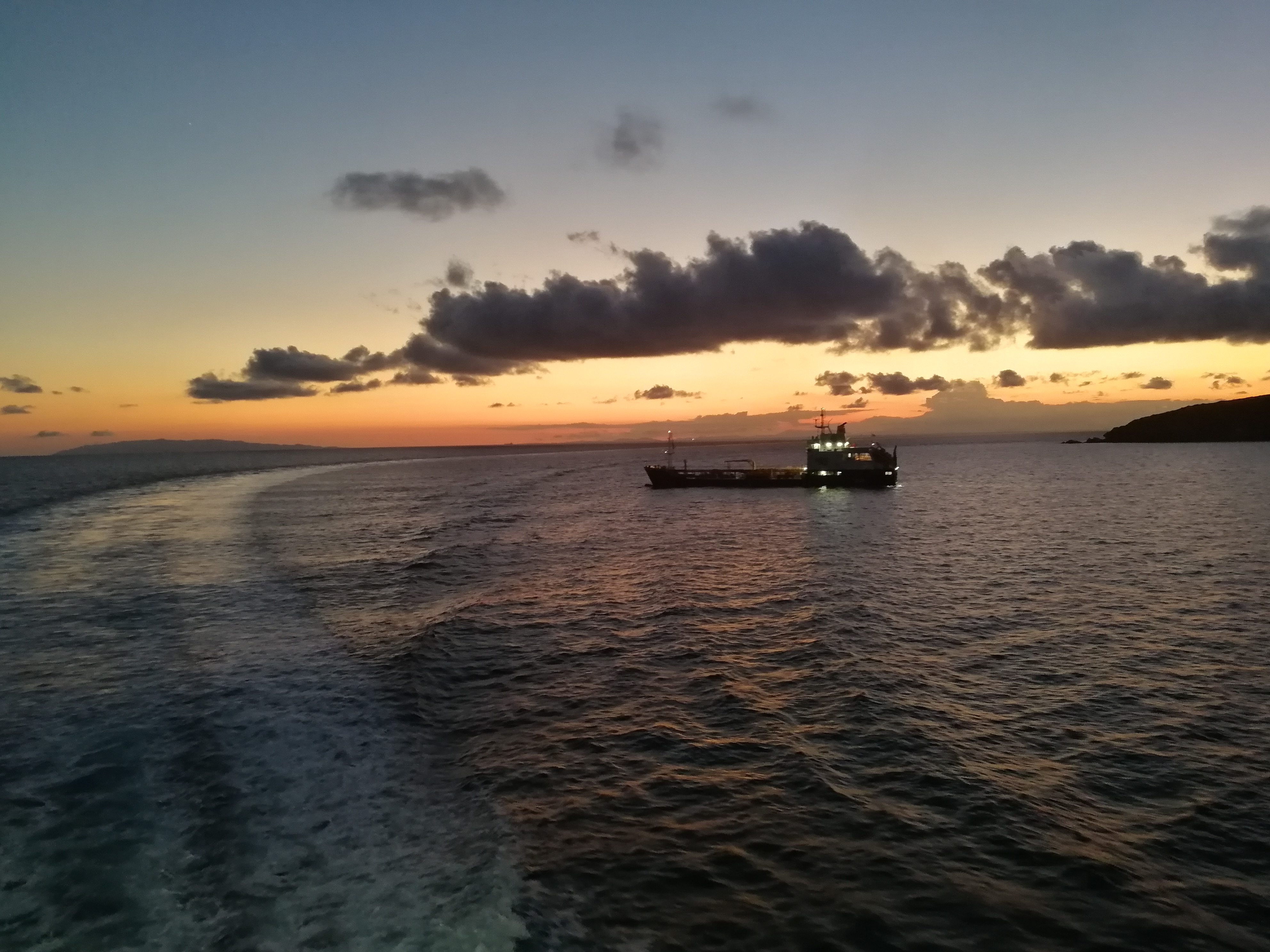
Andros, the Island Of Dreams And Culture
The Andros Island is the northernmost island in the Greek archipelago of Cyclades and one of the Greek islands that are nearest to Athens. It is 40km long, with beautiful beaches and rich history, and is a very popular weekend destination for residents of the Greek capital.
Andros is an island made for walking. It has a unique landscape, full of surprises. Four mountain ranges prevail, with the highest peaking at 997 metres. Ten small rivers constantly flow forming important wetlands on the coast. Almost half of the island’s surface is a nature reserve, hosting rare and endemic species. But Andros is not just about beautiful nature. The picturesque villages of different sizes, secluded chapels, historic monasteries clinging on rocks, and ruins of ancient cities and temples reveal the uninterrupted human presence on Andros since antiquity.
We went hiking to the Valley of Dipotamata, a beautiful natural area on the southeastern coast of Andros. Here you can find oak trees, fig trees, blackberries, ivy, oleanders and different kinds of bushes, as well as badgers, snakes and various bird species. There are also 22 watermills here, some in ruins and others well-preserved.
Batsi is the most attractive tourist destination on the island of Andros and is surrounded by beautiful beaches, including the Golden Beach and Agios Petros. The Batsi beaches became famous as movie sets. Make sure that you visit the Zorko beach too, although it is quite uneven. Swim in turquoise waters that surround the Vitali beach, and, by all means, go to the refined Niborio, cosmopolitan Hrysi Ammos and quiet Fellos beach.
The Chalkolimionas beach is located almost 24 km south from Gavrio (Andros’ port), on the west coast of the island. The beach is part sandy, part pebble, with crystal clear and calm waters, as it is naturally protected from strong northern winds. Its name, meaning the port of brass in Greek, comes from the mines that were open here in the ancient time.
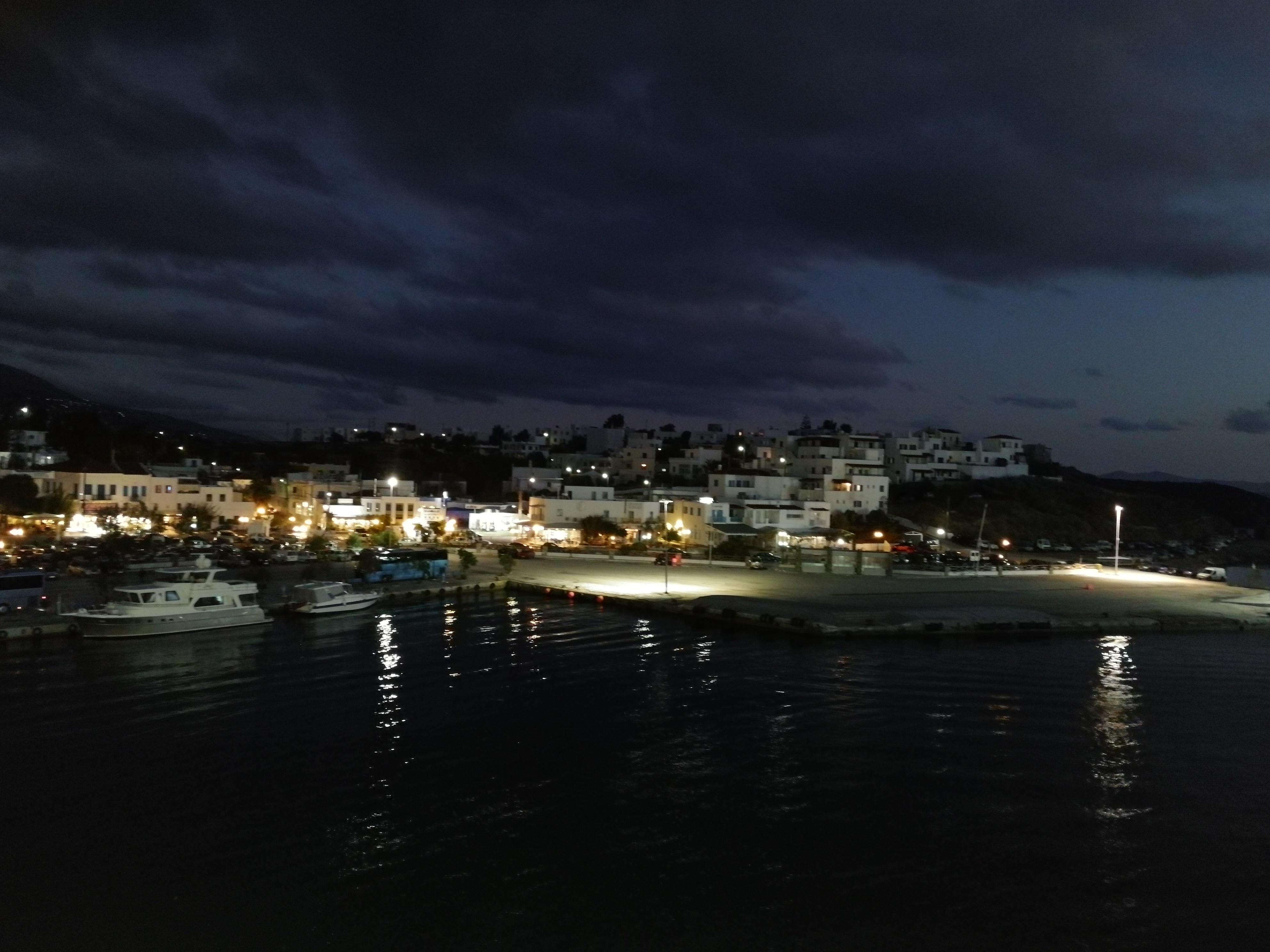
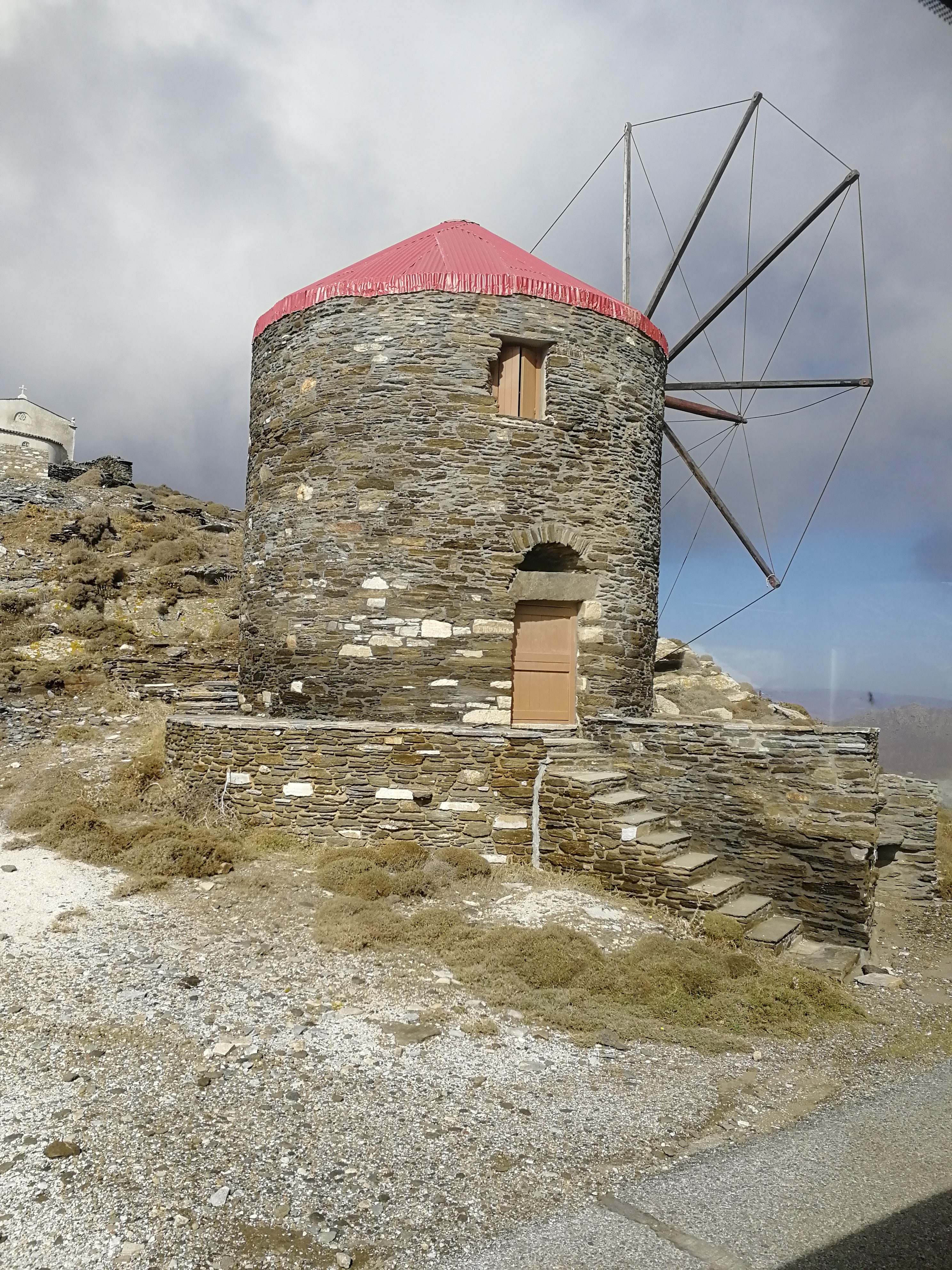
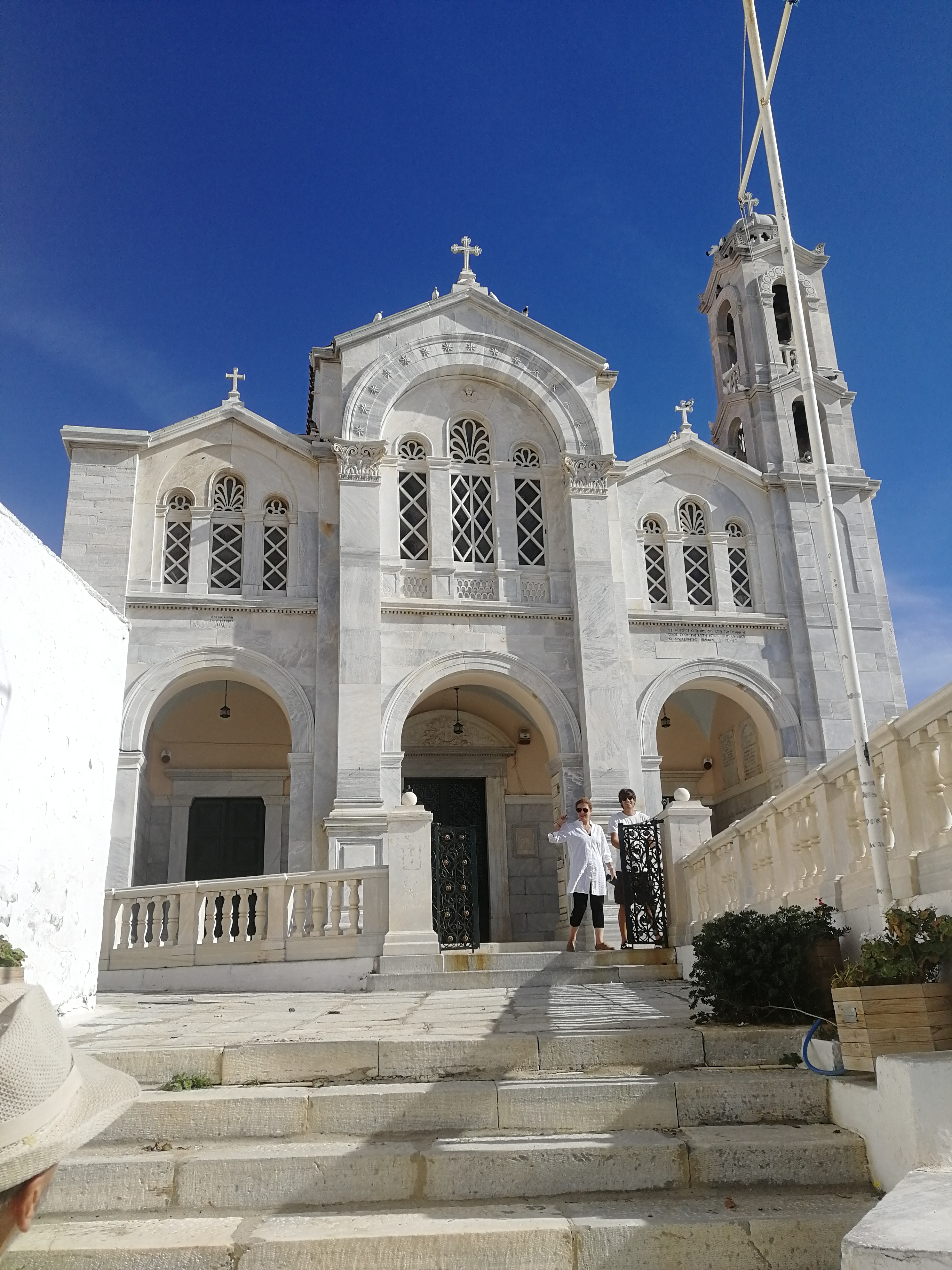
Grias to Pidima beach, meaning “the place where the old lady jumped” in Greek, is located on the southeast coast of Andros. The legend says after the Ottomans were unsuccessful during the siege of the Castle of Faneromeni here, they sent an old lady to the castle to ask for help. The castle’s gates were opened, resulting in the slaughter of its inhabitants. The old lady regretted her decision and committed suicide by going up to a rock and jumping into the sea. Despite this “unpleasant” legend, the beach has a very beautiful cove and is quite popular among visitors and locals.
The capital city of Chori has many interesting art museums that often stage world-renowned exhibitions. The island’s picturesque capital is located on a narrow peninsula on the east coast. The main road has many cafes and small shops selling local products, and it stretches through the whole city, all the way to the Statue of the Unknown Sailor. I recommend that you visit the Andros Museum of Contemporary Art, that hosts top exhibitions every year.
Paleopolis was the ancient capital of Andros. Its name means old city and it flourished from the Classical ages until the Roman times. This ancient city is known for the remains of its ancient wall that once surrounded the area. Archaeological research has shown that the city had a thriving marketplace, a theatre and a few temples.
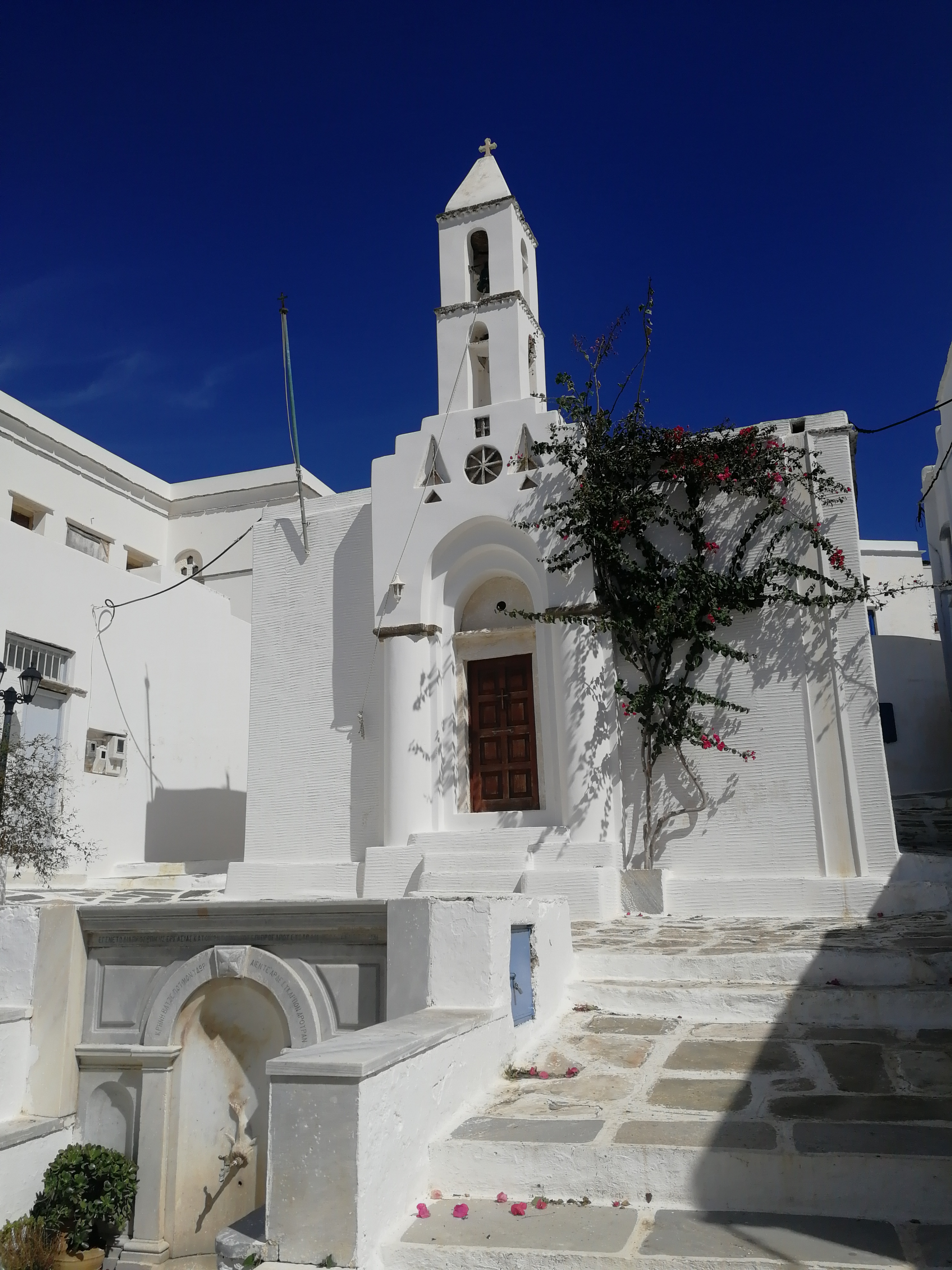
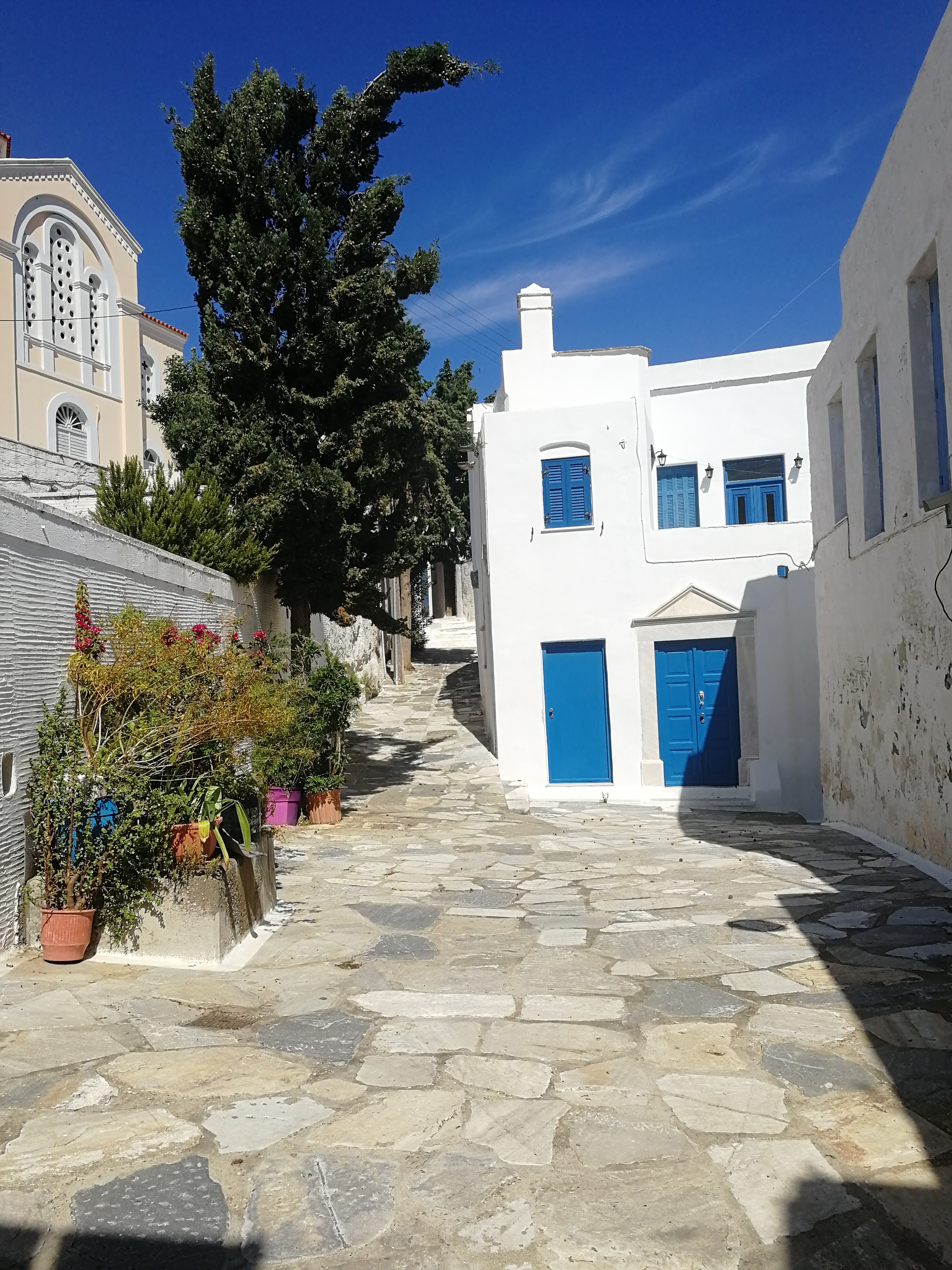
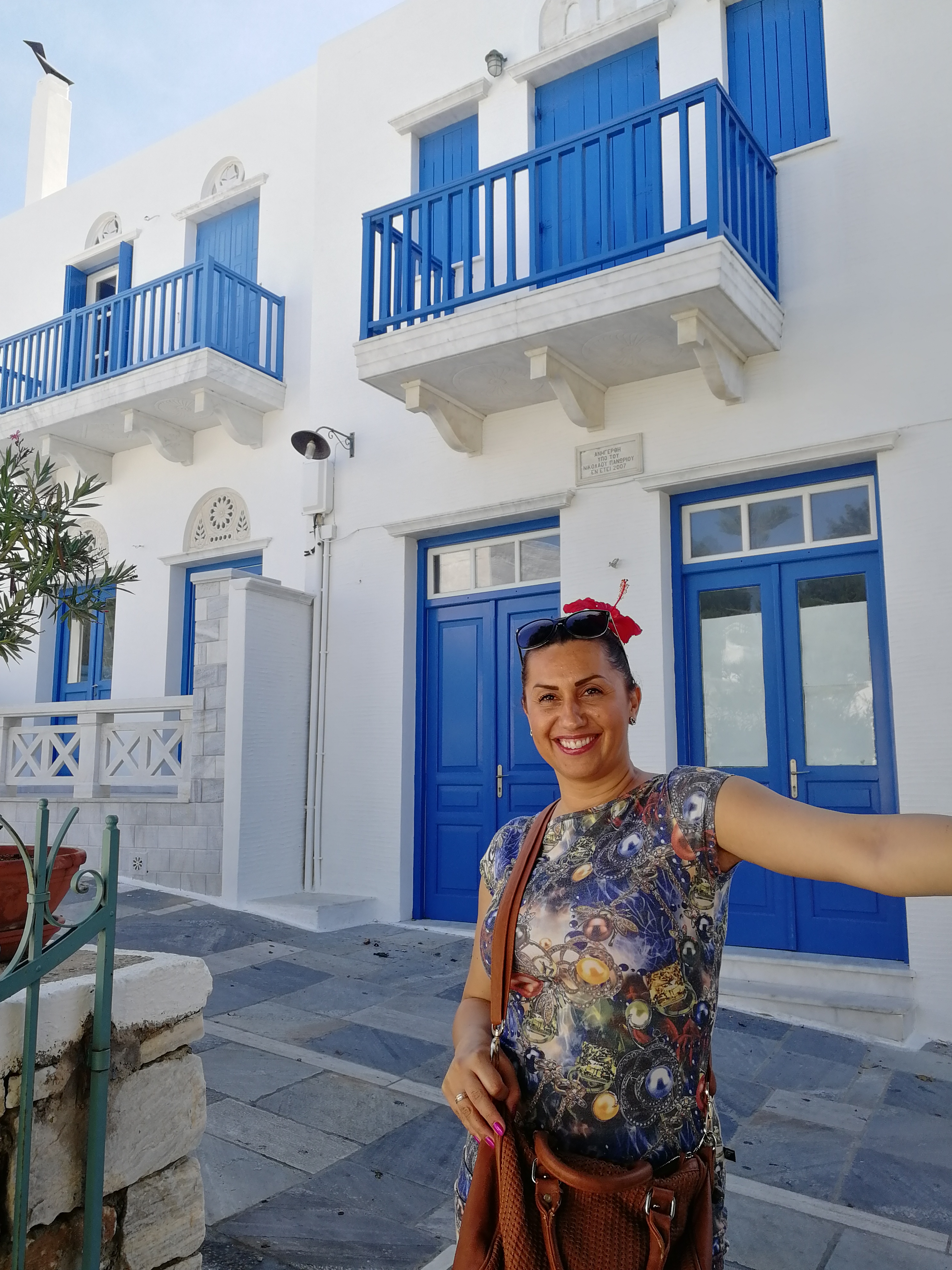
MONASTERIES
Zoodohos Pigi is the largest monastery on Andros. It used to be a school during the Byzantine Era before becoming a monastery in 842 A.D., following a decree by Empress Theodora. It was renovated in the 16th century and again in the 20th century. In 1928, it was transformed into a nunnery. The monastery has a library, an exhibition of utensils and vestments and a collection of prehistoric tools.
The Panachrantou Monastery is located on the slope of Mount Gerakones and it is considered the most beautiful Byzantine monastery on Andros.The monastery houses the miraculous icon of Virgin Mary, rendered by St Luke. This monastery also possesses the relic skull of St. Panteleimon, which was transferred there from Constantinople in 1705.